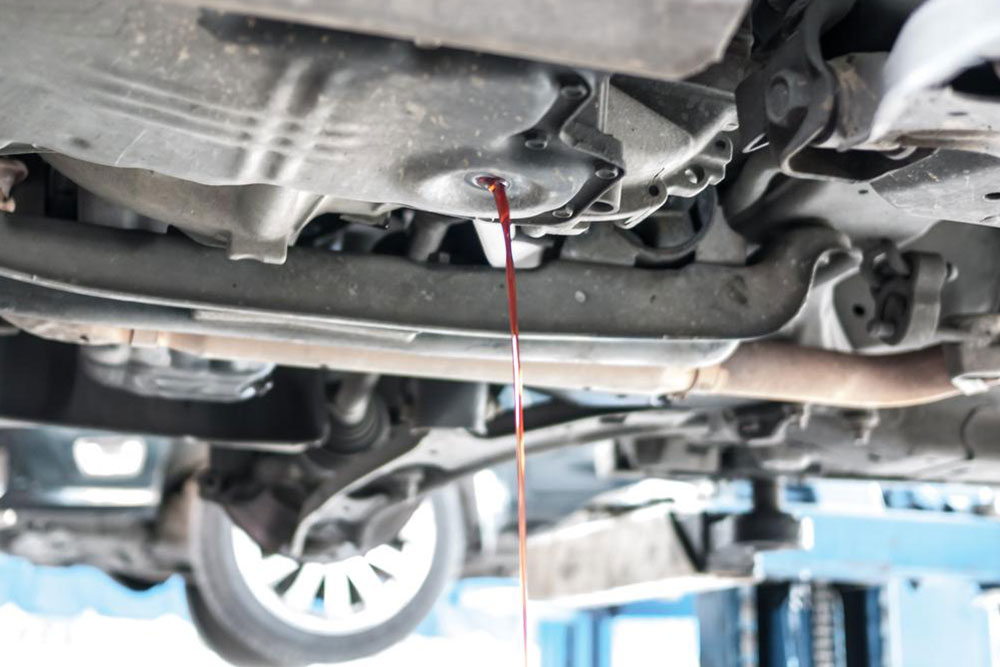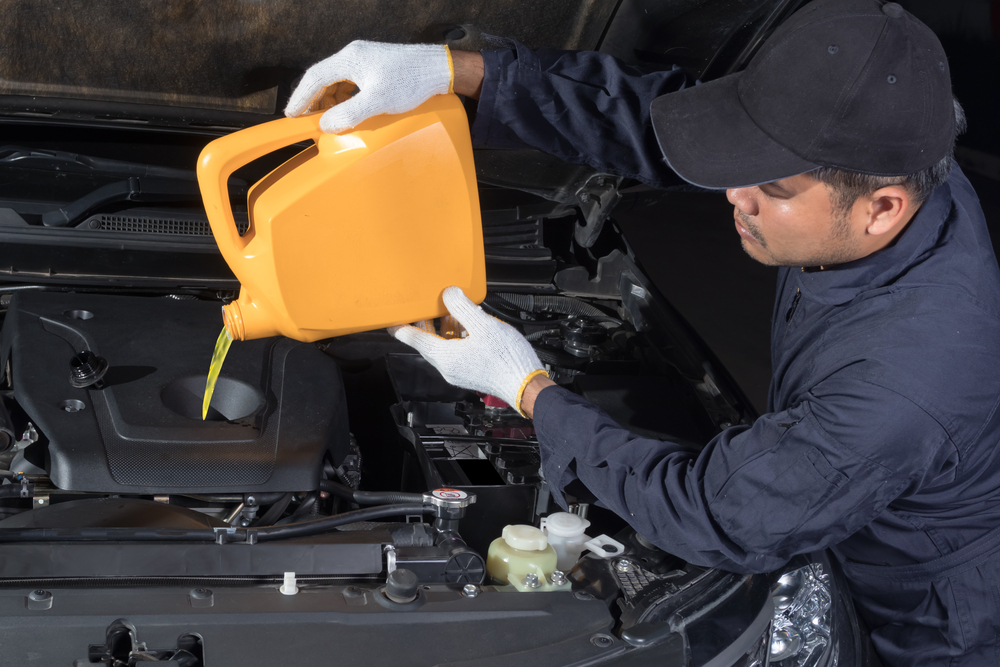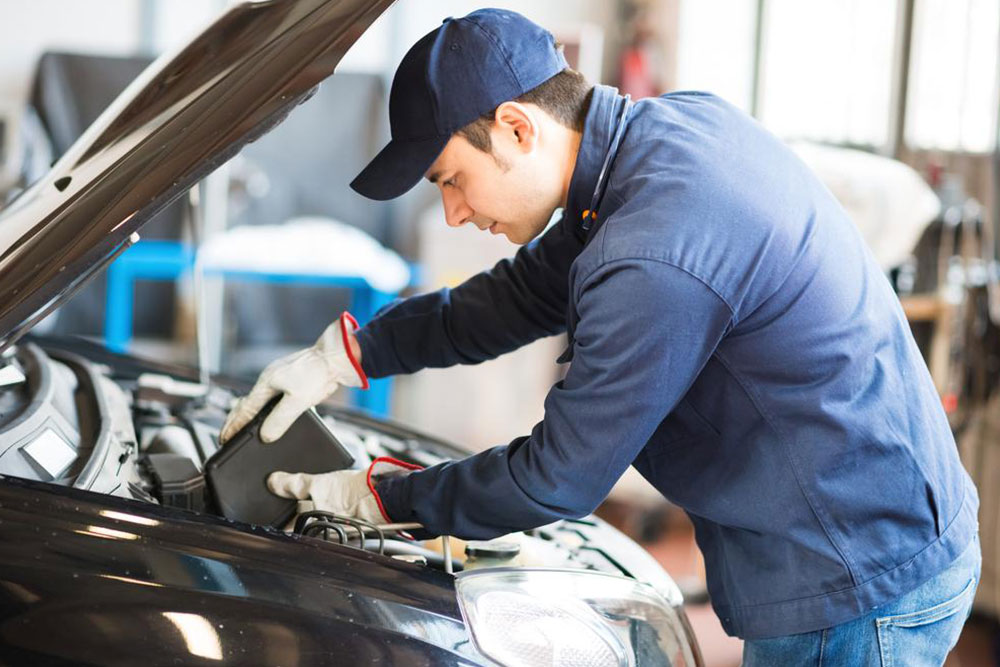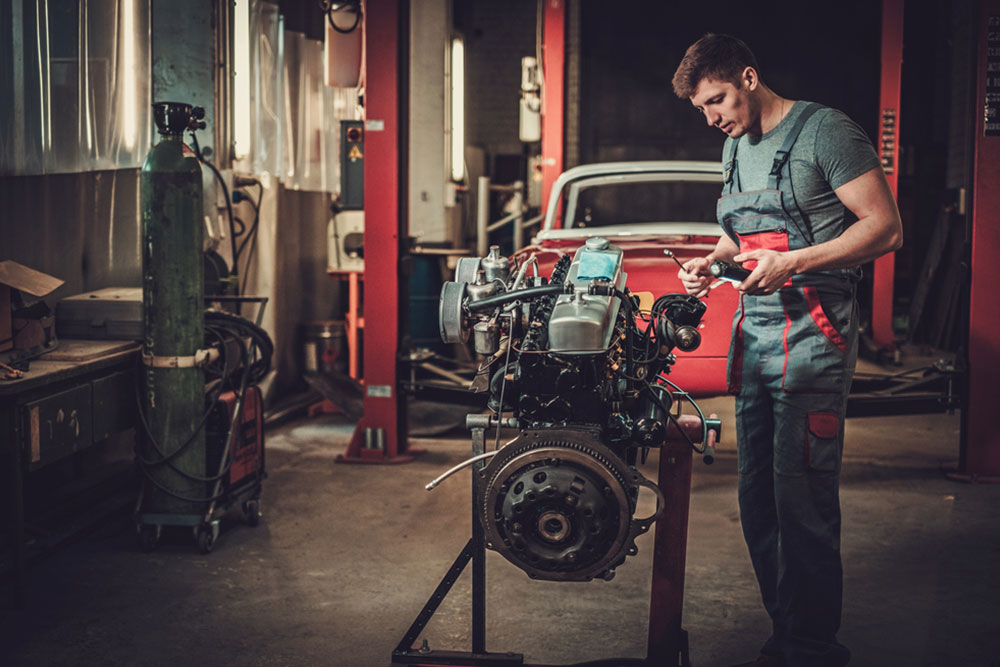Essential Tips to Prevent Common Engine Oil Change Mistakes for Longer Vehicle Life
This comprehensive guide highlights common mistakes to avoid during engine oil changes, emphasizing correct oil selection, schedule adherence, proper filter use, and leak prevention. Proper maintenance ensures prolonged vehicle lifespan and optimal engine performance, making this essential reading for car owners aiming for reliable vehicle operation.
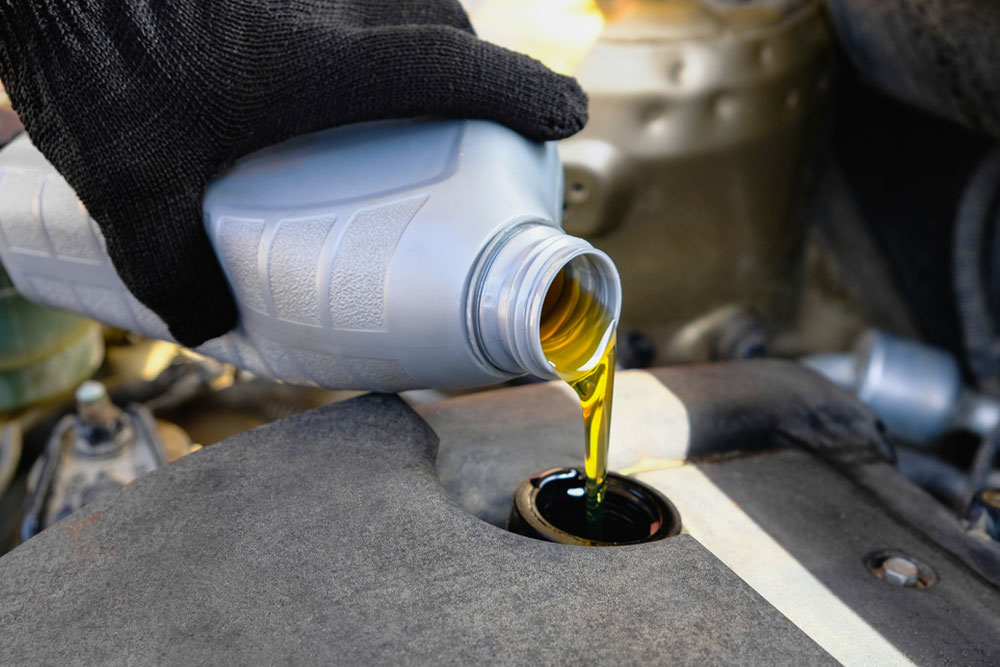
Essential Tips to Prevent Common Engine Oil Change Mistakes for Longer Vehicle Life
Maintaining your vehicle's engine health is crucial for longevity and reliable performance. Performing your own engine oil change can be both cost-effective and satisfying, but it requires careful attention to detail. Making mistakes during the oil change process can lead to serious engine issues, costly repairs, or even engine failure. Therefore, understanding the most common errors and how to avoid them is vital for any vehicle owner who prefers to do it yourself or wants to ensure professional standards are met during service.
Choosing the Correct Oil for Your Vehicle
Engine oil plays a fundamental role in lubricating internal engine components, reducing friction, dissipating heat, and preventing corrosion. However, selecting the wrong type or viscosity of oil can be detrimental. Using oil that doesn’t meet your vehicle's specifications can cause increased wear and tear, poor engine performance, and even engine damage in severe cases. Always consult your vehicle's owner’s manual to identify the appropriate oil grade – whether synthetic, semi-synthetic, or conventional – based on your engine’s requirements. Pay attention to the recommended viscosity (e.g., 5W-30, 10W-40) to ensure optimal flow and protection under different temperature conditions. Investing in high-quality oils from reputable brands provides better lubrication, longer intervals between changes, and enhanced engine performance.
Adhering to the Correct Oil Change Schedule
Many vehicle owners underestimate the importance of adhering to the recommended oil change intervals. Changing oil too frequently might be unnecessary and wasteful, while delaying the change can lead to oil degradation and engine wear. Over time, oil becomes contaminated with dirt, metal particles, and sludge, losing its lubricating qualities. Neglecting timely oil changes increases the risk of engine overheating, increased emissions, and reduced fuel efficiency. To prevent these issues, keep a detailed maintenance log or set reminders based on mileage or time intervals specified by your vehicle manufacturer. Regularly checking oil levels and condition can also provide insights into your engine’s health and help prevent long-term damage.
Using the Correct Oil Filter and Proper Installation
The oil filter is essential for removing debris, dirt, and metal particles from the oil, thus safeguarding engine components. Using an incompatible or low-quality filter can result in leaks, poor filtering, or even damage during installation. Always select filters that meet your vehicle manufacturer’s specifications and are recommended by trusted brands. Proper installation is equally important; ensure that the filter is correctly fitted and securely tightened without over-tightening, which can damage the filter or sealing surfaces. Proper filter replacement prevents oil leaks and maintains optimal engine cleanliness.
Measuring and Filling the Correct Oil Quantity
Adding the right amount of oil is crucial for maintaining proper engine lubrication and pressure. Overfilling can cause foam formation, increased pressure, and potential oil leaks, while underfilling leads to inadequate lubrication, causing increased engine wear. Before adding new oil, park your vehicle on a level surface and use a clean funnel for pouring. Check the oil level with the dipstick and follow the guidelines specified in your manual. Refill gradually, monitoring the dipstick repeatedly to avoid overfilling. Correct oil quantity ensures smooth engine operation and prolongs service life.
Replacing the O-ring During Oil Filter Changes
The O-ring seals the oil filter and prevents leaks. A worn or damaged O-ring can result in oil seepage, resulting in a messy engine bay and possible pressure drops. Always replace the O-ring each time you change the oil filter, even if it appears intact. Properly lubricate the new O-ring with a small amount of fresh oil before installing the filter, and ensure it seats correctly. This small step is often overlooked but it significantly reduces the risk of leaks and maintains the integrity of the oil sealing system.
Performing regular and correct engine oil changes is one of the simplest yet most critical maintenance tasks to keep your vehicle running smoothly and extend its lifespan. Avoiding common mistakes such as selecting the wrong oil, neglecting the recommended change schedule, using incompatible filters, overfilling or underfilling, and neglecting seal replacements guarantees your engine remains well-lubricated and protected. Whether you choose to change your oil yourself or rely on professional services, understanding these key aspects helps ensure your vehicle's engine stays in top condition for years to come.
